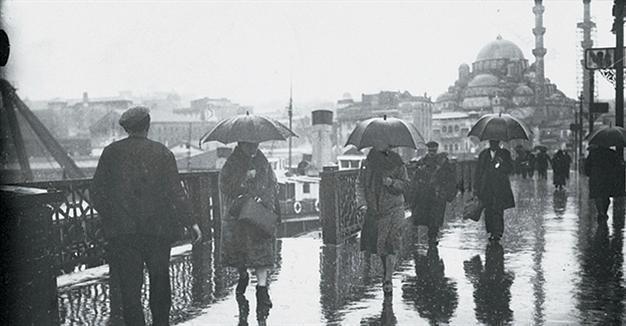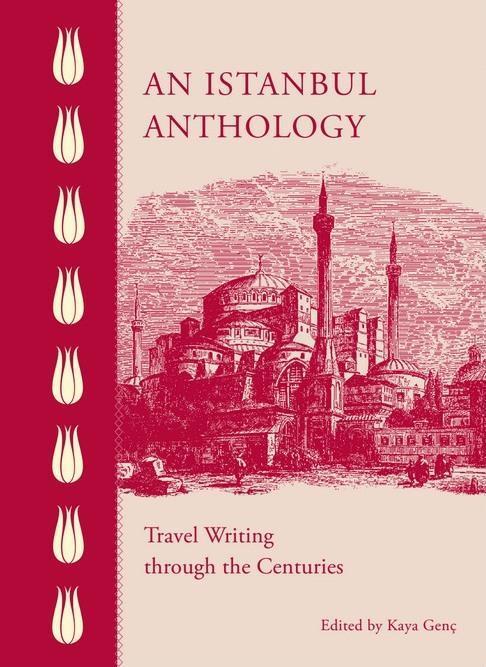Reflecting on Istanbul through the centuries
William Armstrong - william.armstrong@hdn.com.tr
 ‘An Istanbul Anthology: Travel Writing Through the Centuries,’ edited by Kaya Genç
‘An Istanbul Anthology: Travel Writing Through the Centuries,’ edited by Kaya Genç(American University in Cairo Press, 160 pages, $19)
This is a very welcome pocket-sized collection of classic travel writing on Istanbul. Edited by Turkish novelist Kaya Genç, the focus is heavily on Western writers visiting the Ottoman capital in the 19th and early 20th centuries. Although limited in scope, it is a handsomely illustrated book made up of bite-size morsels from some of Istanbul’s greatest travelers – familiar names like Theophile Gautier, Mark Twain, and Lady Mary Wortley Montagu. It’s a charming, modest volume that nicely fills a gap for those looking for a literary companion on a trip to the city.
 Montaigne wrote somewhere that when he expressed his opinions “it is to reveal the measure of my sight not the measure of the thing.” That has also been true for most visitors to Istanbul. Reflections on the Ottoman capital were often less revealing of the actual character of the city than of their author’s interpretation - but that makes them no less interesting.
Montaigne wrote somewhere that when he expressed his opinions “it is to reveal the measure of my sight not the measure of the thing.” That has also been true for most visitors to Istanbul. Reflections on the Ottoman capital were often less revealing of the actual character of the city than of their author’s interpretation - but that makes them no less interesting. Through this slim collection we see a kaleidoscopic city refracted even further through a prism of Western fascination and often superciliousness. As Genç writes in the introduction, “Travelers from Europe and America came to Istanbul to observe this curious legacy but they went further and projected their dreams of a society free from the constraints of the western world.” Over centuries of touristic activity, “Istanbul became not only an object of observation, but also an inspiration of oriental fantasies for the observing subject.”
Some of those subjects are better observers than others. I’ve never been a big fan of Italian bon vivant Edmondo de Amicis, who wrote quite unremarkably about Istanbul on his visit in the 1870s but has somehow taken his place in the pantheon of classic chroniclers of the city. The most recent contribution to this selection comes from Ernest Hemingway in the 1920s, while most are taken from the late 19th century: An age of orientalism when a great number of Europeans were making their way to the Ottoman capital.
Of course, there is plenty of quaint talk about “the aromas of the East” and “Mussulmans.” One excellent observer of the city was the Frenchman Theophile Gautier, who visited in the 1850s. Unlike many others, Gautier never tried to pretend that an unpicturesque scene was picturesque. After reeling off a familiar list of the dizzyingly multifarious social fabric visible on the city’s streets, he captured the essence of most Western writing on Istanbul and the Ottoman Empire in the 19th century when he described the metropolis as “The most amazing carnival imaginable.”










